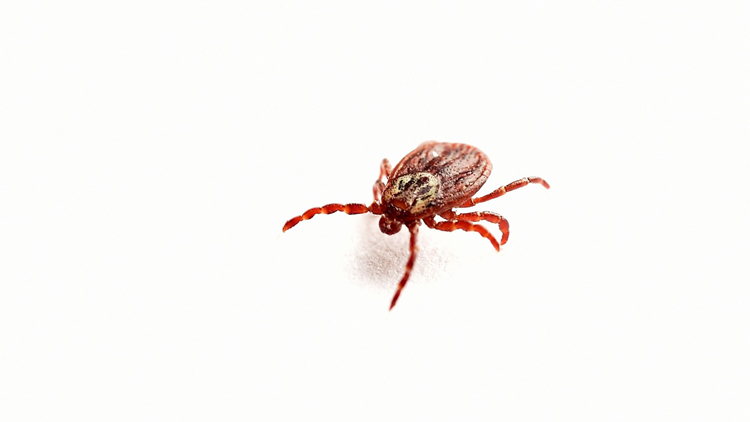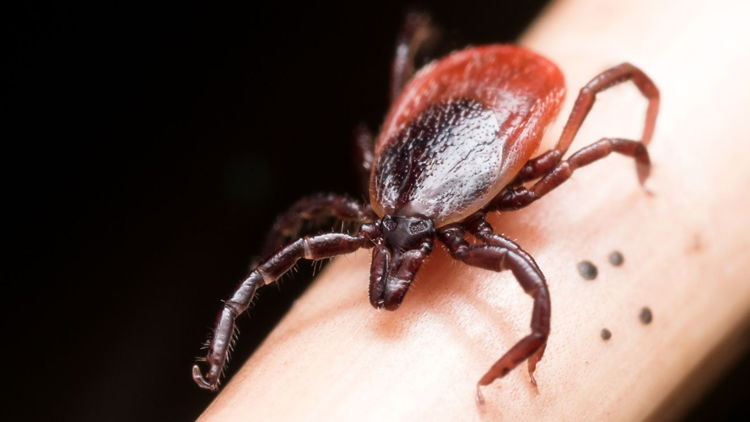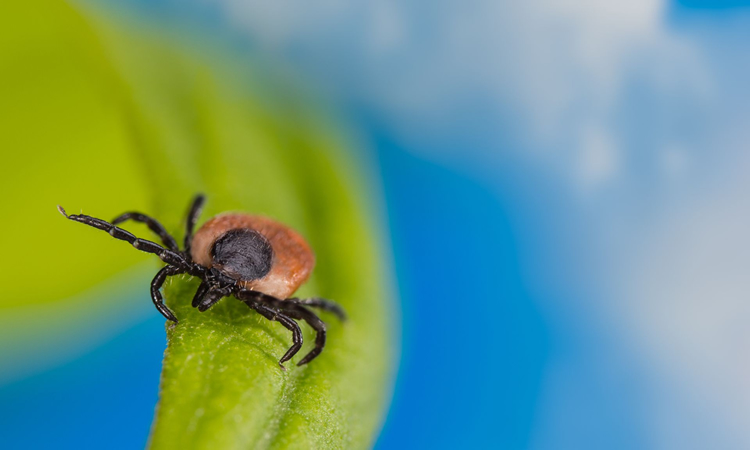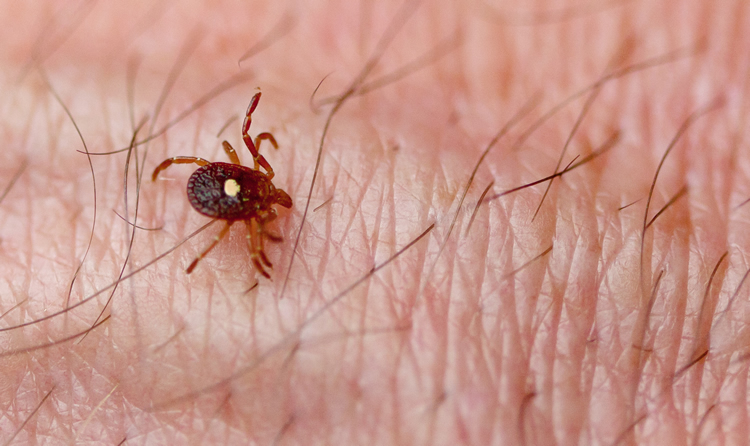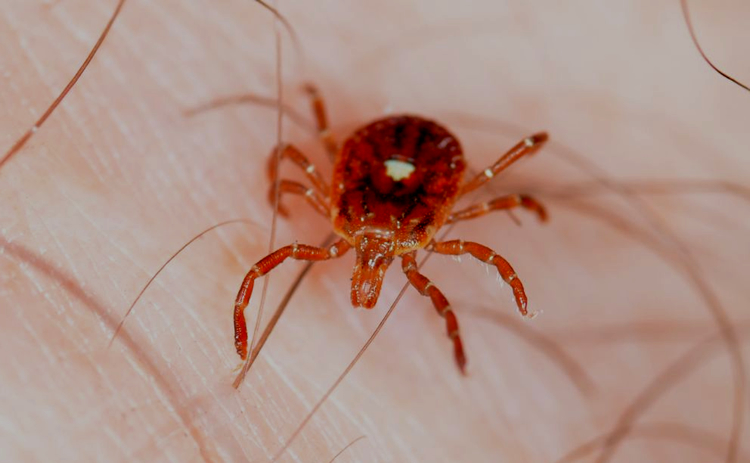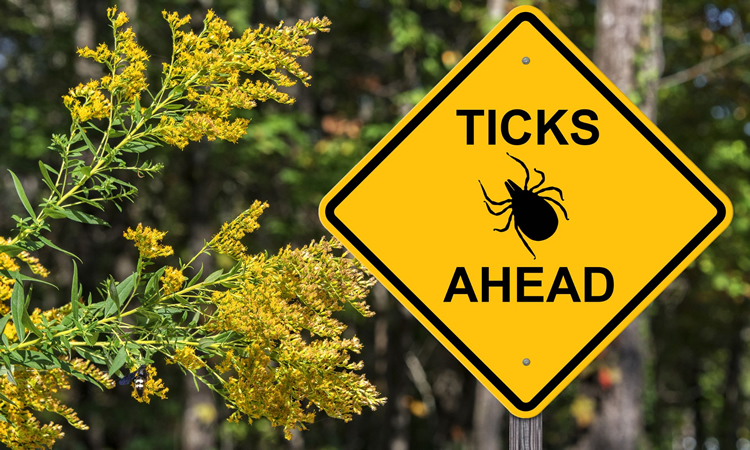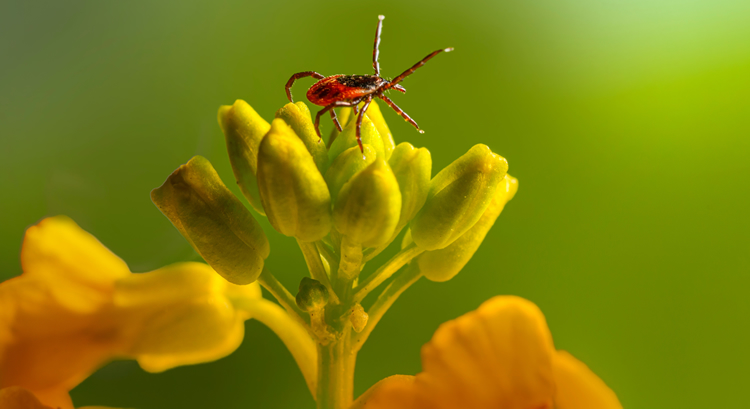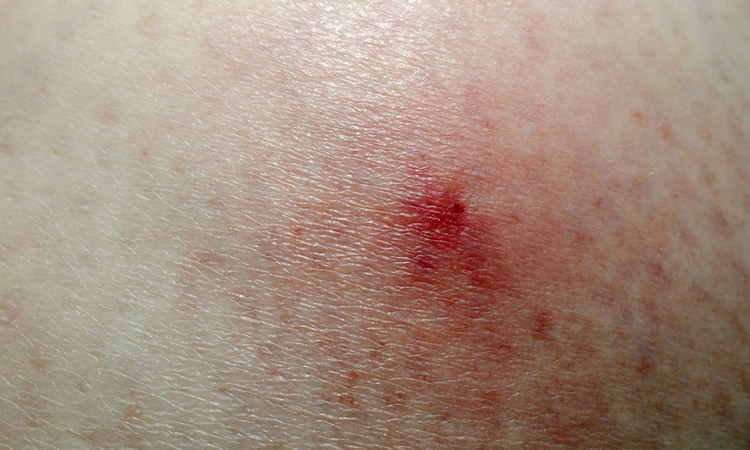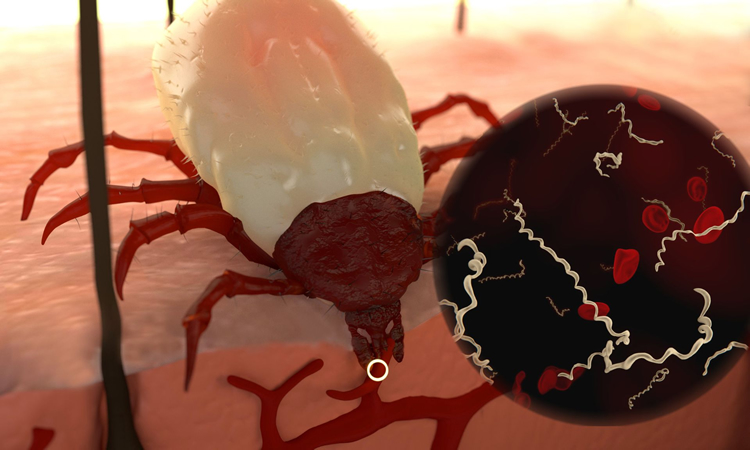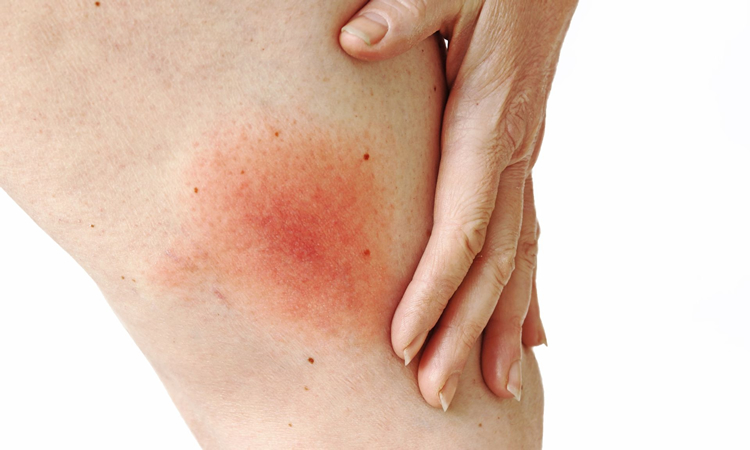Finding a tick in the winter months might come as a surprise since ticks are often associated with warmer seasons. However, it’s important to be aware that ticks can still be active during milder winter days. If you find a tick on yourself or your pet during the winter, it’s crucial to take prompt action to remove it and reduce the risk of disease transmission.
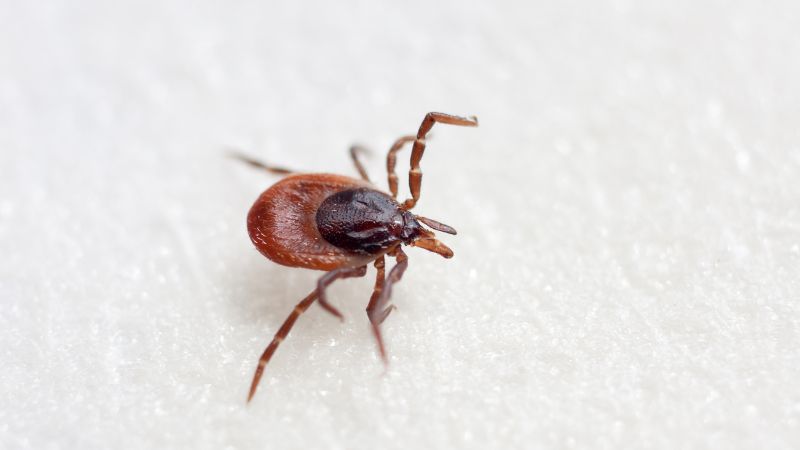
Here’s what you should do if you find a tick in the winter:
1. Stay Calm:
The first step is to remain calm. While finding a tick can be alarming, panicking can lead to mistakes in removal or an increased risk of injury.
2. Remove the Tick:
Using fine-tipped tweezers, grasp the tick as close to the skin’s surface as possible. Avoid twisting or jerking the tick, as this may cause its mouthparts to break off and remain lodged in the skin. Instead, gently pull upward with steady pressure until the tick releases its hold. Be patient, as this may take some time.
3. Dispose of the Tick:
Once removed, place the tick in a sealed container or bag. Avoid crushing it with your fingers, as this can potentially release harmful pathogens. If you’re concerned about disease transmission, you can save the tick for identification or testing by a healthcare professional.
4. Clean the Area:
After removing the tick, thoroughly clean the bite site and your hands with soap and water. Disinfect the area with rubbing alcohol or an antiseptic solution to reduce the risk of infection.
5. Monitor for Symptoms:
Keep an eye on the bite site for any signs of infection or allergic reaction, such as redness, swelling, or rash. Additionally, be vigilant for symptoms of tick-borne illnesses, such as Lyme disease or Rocky Mountain spotted fever. These can include fever, headache, fatigue, and muscle aches. If you develop any unusual symptoms, seek medical attention promptly.
6. Prevent Future Encounters:
Take steps to minimize your risk of encountering ticks in the future, especially if you live in or visit areas where they are prevalent. This may include wearing long sleeves and pants, using insect repellents containing DEET, and conducting regular tick checks on yourself, your family members, and pets after spending time outdoors. This also includes protection at home, where you spend the most time. Ticks can be lurking about without notice. They can even latch on to you or your pet without notice. Professional Reading tick control is available in and should be employed.
7. Consult a Healthcare Professional:
If you’re unsure about how to safely remove the tick or if you have concerns about potential disease transmission, don’t hesitate to seek advice from a healthcare professional. They can provide guidance on proper tick removal techniques and recommend appropriate follow-up care.
By following these steps, you can effectively handle the situation if you find a tick during the winter months and minimize the risk of complications associated with tick bites. Stay informed, stay vigilant, and stay safe.
